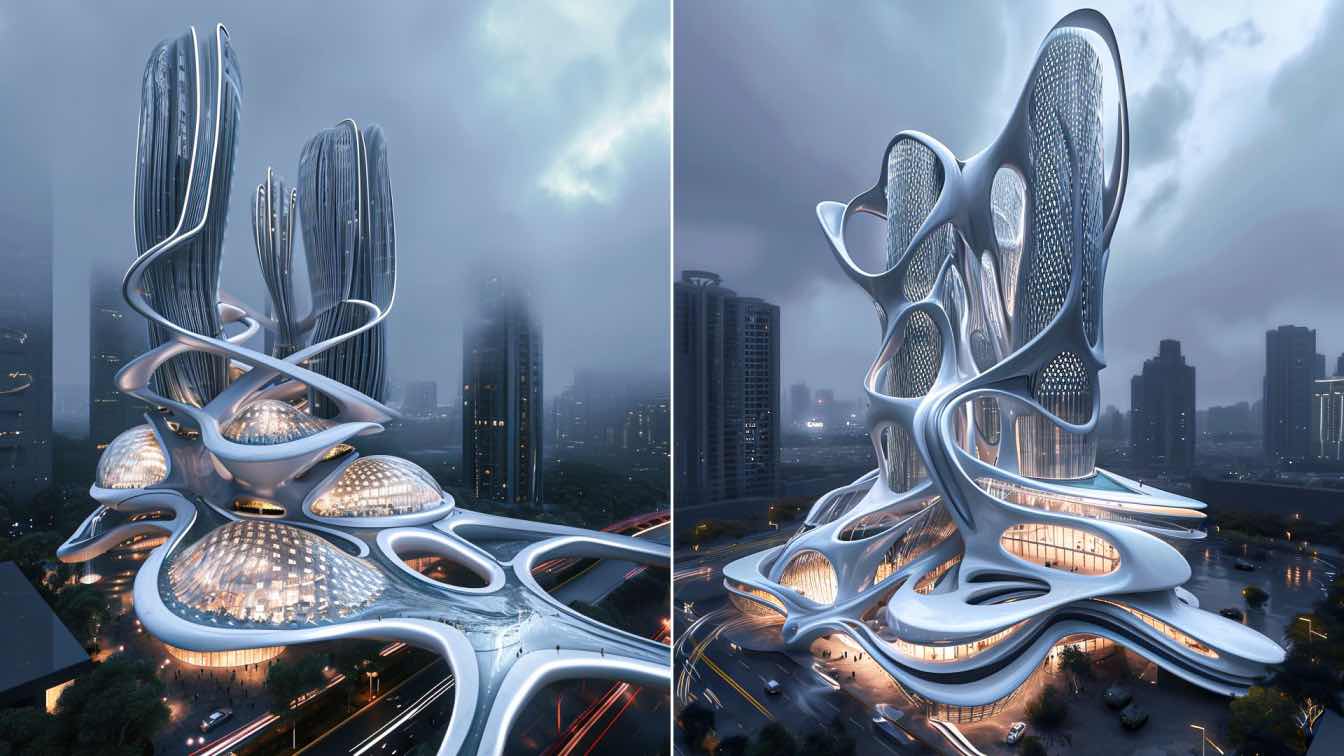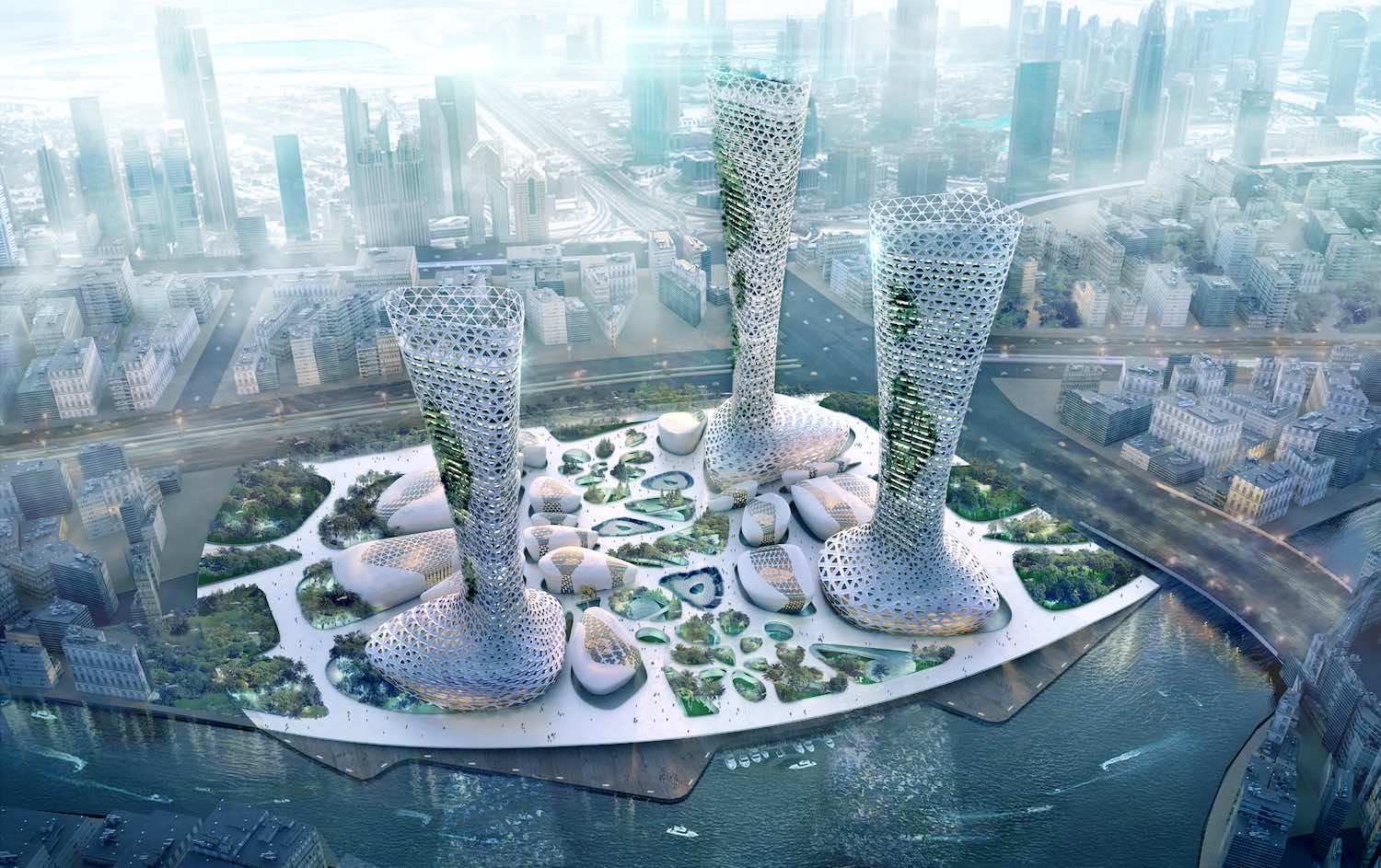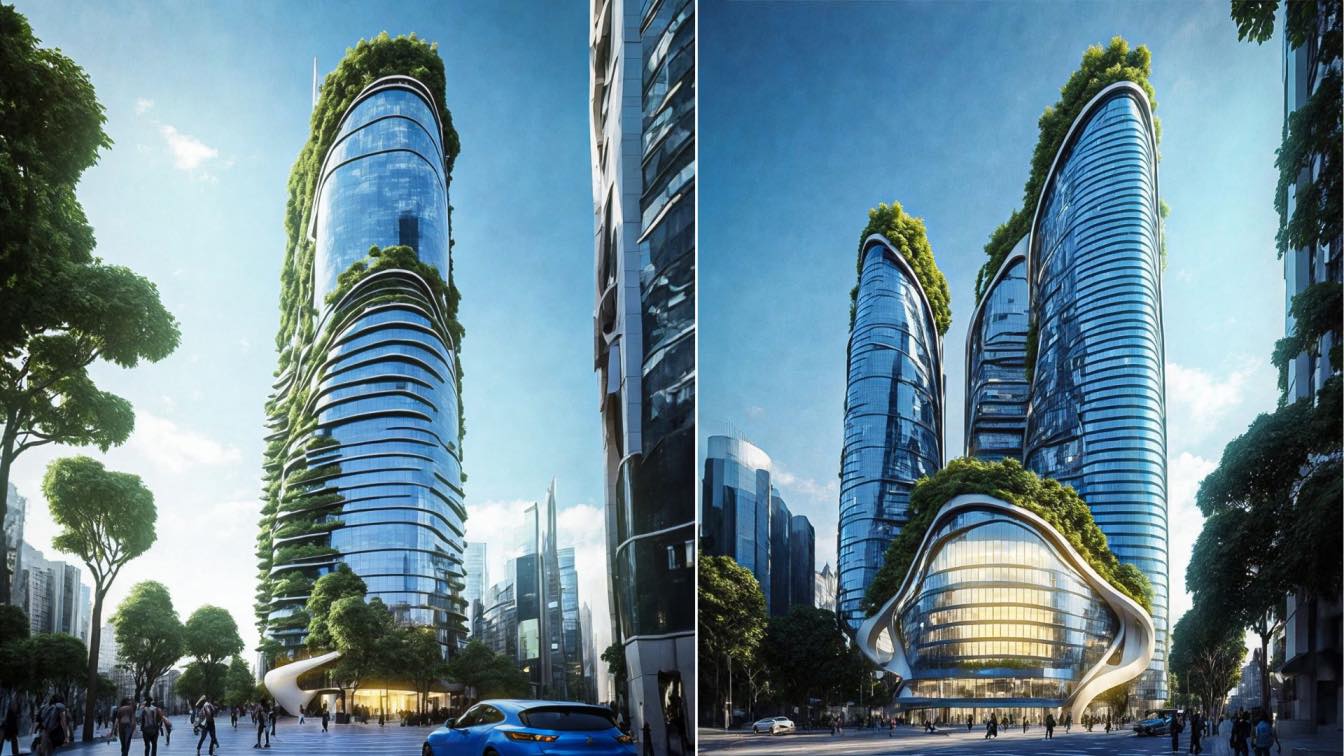Jenifer Haider Chowdhury: What will happen in the AEC industry after one thousand years from today? In this cutting-edge technology-based world, we have already started to take steps in Artificial Intelligence and some other advanced sectors such as bio-technology which is inspired by mimicking mechanisms found in nature. By observing all of these, we can say that in the future there will be so much dynamism and diversities in the skyscraper design development process.
These future skyscrapers will function like vertical cities. There will be so many programs for the users so that people will get every facility of a city within one mega-complex. In the future, people will become so busy with their schedules that they won’t have the time to go to different places for their needs. Besides, people might become more interested in traveling in the virtual world like Metaverse rather than going somewhere physically. So it is assumed that in these futuristic skyscrapers, besides the habitable units, there will be public programs such as hospitals, malls, mini stadiums, concert halls, exhibition halls, pools, gymnasiums, theatres, outdoor gathering plazas on different levels, and many more. It will be a huge complex web network of programs and facilities. So making an efficient vertical zoning of all the programs to enhance the quality of users’ lifestyles would be a big matter at that time.

The concept of this series has come from studying a primitive intelligent organism named slime mold recently. Scientists are now realizing that this brainless single-celled micro-organism can give solutions to people's movement, utilization of energy resources, and planning of cities and transportation networks better than us. This micro-organism has a unique intelligence for its survival. Despite being brainless, they can build a clever path-finding strategy by creating a web network and making decisions to find the shortest path for their food based on their hunger level and the quality of food patches. This ability is so great that scientists are using this method to solve many real-world problems. For example, In Japan, Atsushi Tero and his team of scientists have successfully had slime molds form the pattern of a railway system quite similar to the railroad networks of the Kanto region centering Tokyo -- which were designed by hard-thinking people. So, this slime mold network intelligence can be used to plan the zoning of programs in a complex vertical city structure more efficiently. We can combine this method with AI and make an advanced computational algorithm to solve both plans and the whole structure of the mega skyscraper.
Also, besides an efficient zoning plan, these mega skyscrapers will have their own solar energy system, air filtration system, energy and resources recycling system, carbon reduction system and hydroponic vegetation system which will make a complete vertical eco-architecture with the fullest efficiency.
















